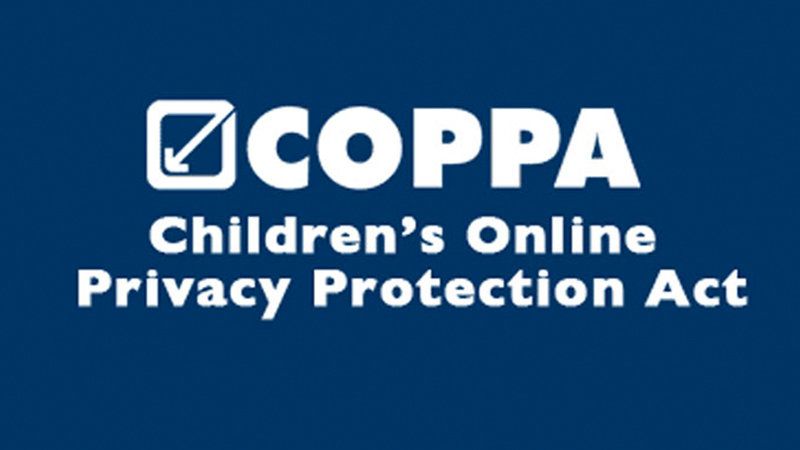YouTube Changes Throw the Community into Turmoil, Again
As always, YouTubers are put into a place where they can’t be certain of their futures on the platform.

YouTube's new rules for child-facing content, and the potential for FTC fines, highlight what every game publisher and developer should know: the life of a content creator is filled with uncertainty.
Financial stability is difficult to attain for many content creators. While it may seem like the landscape is dominated by endorsement deals and channels with five-figure monthly subscriptions, the primary source of income for many, perhaps most, remains ad revenue, and that income is becoming increasingly unreliable. YouTubers, in particular, have had it particularly rough over the last few years, as rollouts of new monetization policies and adjustments to its recommendation algorithms have often left creators with mere fractions of their previous incomes, and completely in the dark as to how to fix things.
And this week, if you ask the community, things just took a turn for the worse.
On Tuesday, YouTube announced changes in its policies regarding children’s content, in compliance with a $170 million settlement the platform reached with the FTC regarding collection of user data for children under the age of thirteen. Per the agreement, YouTube was required to “develop, implement, and maintain a system for Channel Owners to designate whether their Content on the YouTube Service is directed to Children,” and that’s exactly what was announced, to the consternation of many.

Beginning in January, videos directed towards children must be labeled as such by the uploader, which will have the consequence of shutting off all directed advertisements, comments, and endscreens for the video, along with several other key creator tools used by most to keep their channel active and viable. To drive home just how much this would impact the creators posting these videos, keep in mind that, according to Tubefilter, non-targeted ads generate 60% to 90% less revenue than their targeted counterparts. That’s a dramatic reduction.
YouTubers, though, as we said, are accustomed to having their ad revenue swing wildly as the platform adjusts, though they’re hardly used to it. The real issue I want to focus on today is the element of communication from YouTube to the independent creators who call it home regarding how this really impacts their work.
Put simply: there is none. As is typical.
What is “children’s oriented” content? YouTube doesn’t know, and it certainly isn’t telling its users. As explained by The Verge:
In a video explaining the changes to creators, YouTube explicitly declined to tell channel owners when to label a video. “Ultimately, we can’t provide legal advice,” it said. “We’re unable to confirm whether or not your content is Made for Kids. That decision is up to you taking into consideration these factors.” YouTube goes on to ask creators to consult with a lawyer if they need help determining whether their content appeals to younger audiences.
This stance is reiterated on Google's support page, which states "You should consider consulting a lawyer if you aren't sure whether your content should be designated as made for kids."
The FTC, meanwhile, has made it clear that it feels it’s entitled to $42,000 fines for every video that isn’t appropriately labeled, not from YouTube, but from the creators themselves.
Gaming creators, in particular, are wary. Instead of providing specific parameters or language that would limit these restrictions to content that was explicitly oriented towards just children, the proposal, at this point, draws no distinction between the aforementioned videos and those which simply happen to attract a younger audience. There’s even talk of changing the already vague standard of “child-directed” content to “child-attractive,” which seems as if it would encapsulate a large portion of the platform’s total output.
So, essentially, every content creator with children in their audience is being given the choice of either intentionally sacrificing up to 90% of their ad revenue, along with most of the tools they use to keep their viewership numbers growing, or risk what many would consider a year's worth of income to a fine from a big, faceless government entity.
So the new YouTube COPPA compliant rules are rolling out and cool - most of my channel got auto-flagged as being "for kids" because pokemon and cartoon characters. Meaning 60-90% of my revenue will disappear. Very cool. Thanks YouTube. This will destroy my channel. pic.twitter.com/LuhwJZMFnf
— VERSY👁 (@Versiris) November 13, 2019
The only guidance YouTube has provided is to encourage its creators to engage with the FTC, which is taking public comments over the next several weeks before enforcement is to begin on January 1st. Oh, and also “get a lawyer.”
That public commenting period is important, and their remains a great deal of clarification, refinement, or even postponement of enforcement that could subsequently occur. These issues may eventually resolve themselves, but, that’s really the point. Creators don’t know. As always, YouTubers are put into a place where they can’t be certain of their futures on the platform, and just have to wait and see if they can survive in whatever the new reality turns out to be. Over time, it’s become clear that this is the norm for content creators, that they do their work in an environment of constant uncertainty.
That’s part of what makes relationships between developers, publishers, and gaming brands so important to the constantly evolving ecosystem of content creation. In a space where the rug is constantly pulled out from under them, where ad revenue can drop to near zero with little to no explanation, brand deals can provide creators stability, a source of income that’s predictable, while also organically feeding in to the content that makes them popular in the first place. Meanwhile, it’s clear that, when it comes to video games, streamers and content creators aren’t going anywhere. Engaging with influencers isn’t optional for developers or publishers in a space dominated by live-service titles, competitive leagues and tournaments, and online communities, and it will remain that way for the foreseeable future. In that context, it’s important that brands and studios understand the role they play in supporting the content space, so that they can be the best partners possible and cultivate productive, two-way relationships.
It remains to be seen just how this showdown with the FTC will play out. Some creators, like gaming journalist and commentator Jim Sterling, have made efforts to assuage the concerns of the community. Sterling, in particular, pointed out that the anxiety is likely a result of the distrust between creators and YouTube in particular, the latter of which’s tendency to automate solutions has often led to AI and algorithms overstepping, over-enforcing, and negatively impacting creators. Sterling points out that the FTC fining a creator would likely be an entirely different scenario, one involving real human beings and a great deal more discretion.
YouTubers, though, have been hurt before. Too many times. And it makes it difficult for most to remain optimistic in the face of uncertainty. To be good partners to creators, to create healthy communities for your games and reach as many potential players as possible, you have to make it a priority to reduce that uncertainty. The better that’s understood, the more productive your influencer and creator programs, and the stronger and more supportive your community will be.
Check out this week's rankings of the fastest rising titles on Twitch, as well as our breakdown of the most viewed esports for the month of October. Also be sure to to follow us on Twitter and LinkedIn for all the latest blogs, announcements, and game marketing news from the team at GAMESIGHT!

